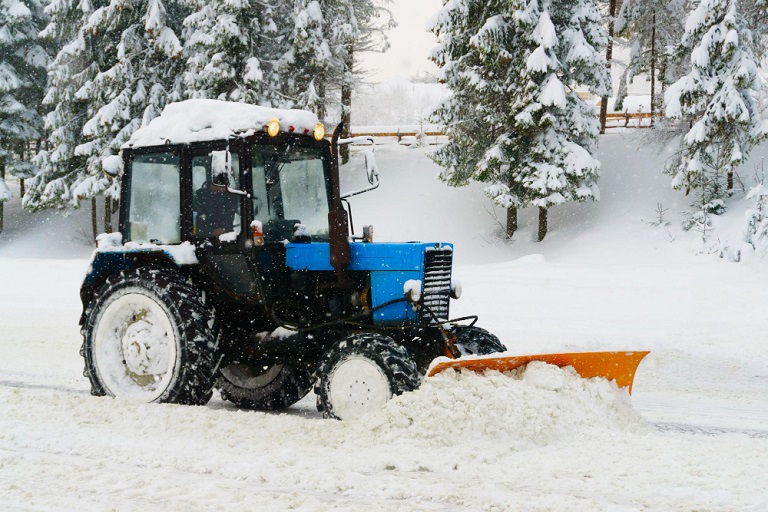5 Signs Your Concrete Needs To Be Redone

Every business owner dreams of having robust, safe, and pleasing property. While the design and beauty will depend on how good your architect was, the strength will reflect the kind of cement and concrete mix used and how much care you gave to your construction.
Though concrete is a strong material, it’s susceptible to many factors, such as harsh weather conditions, wrong installation, and poor maintenance. Hence, concrete safety needs to understand safe ice melt solutions.

Before purchasing the first ice melt that caught your eye at the store, discover its ingredients. For example, ask, ‘Is road runner ice melt safe for concrete?’ or ‘Which is the safest ice melt for concrete?’. Next, let’s understand more about concrete damage signs and what to do.
Concrete Damage Signs
1- Visible Cracks
Visible cracks are the first to notice and can be caused due to poor curing at the time of installation, heavy loads, and climate conditions.
2- Micro-Cracks
Micro-cracks cannot be seen by the naked eye and can measure on the scale of microns. Micro-cracks in concrete structures are overloading, temperature fluctuation during cement hydration, freeze/thaw cycle, and ice melt.
3- Blisters
When bubbles of entrapped air or water rise through an already sealed airtight surface, it creates blisters on the surface. The reason for blisters formation is an over sticky concrete mixture that seals the surface instantly.
4- Scaling
Scaling happens on the upper surface of the concrete due to the freeze/thaw cycle and the use of a deicer that contains salt and chloride.
5- Spalling
Spalling is a more profound impact than scaling. The reason for spalling is the corrosion of steel reinforcement, violent moisture evaporation in concrete due to intense heat, improperly constructed joints, crack deterioration, and the attack of ice melt chemicals.
Is Roadrunner Ice Melt Safe for Concrete?
Roadrunner is a blend of Calcium Chloride and Magnesium chloride, preferred for fast ice melt at low temperatures, but chloride is dangerous for your concrete. It will not only causes corrosion to steel reinforcement but micro-cracks on the concrete.
Safe Thaw: Natural and safe ice melt
Safe Thaw is a urea-based natural ice melt that does not react with the steel reinforcement or the concrete, neither it cause any scaling or spalling on the surface. This unique formula does not allow the water brine to reform the ice and prevents your concrete from micro cracks. Safe Thaw is environment-friendly and safe for driveway, walkway, machinery, vehicles, railings, vegetation, and the environment.
When Is The Best Time To Put Ice Meltdown?
Suppose you manage to apply ice melt before a snowstorm. In that case, it will form the water brine, which will prevent the surface from ice contact, and using it ahead of time will make ice and snow removal easier.
100% Salt & Chloride-Free Ice Melt for Winter Storm Protection.
Conclusion
Once your concrete starts indicating the above signs, it is time to redo your concrete. By taking care of the factor that causes the concrete damage and applying the safe ice melt, you can give a long life to your concrete. Moreover, you also need to understand when is the best time to put ice melt down and the safest ice melt for your concrete.
Try Also Our Other Winter Safety Products:
Safe Paw
The Original and #1 Selling Pet and Child Safe Ice Melt for over 20 years. Guaranteed environmentally safe –It won’t harm animals or children, and it won’t damage your property. That’s Safe Paw. Safe Paw can change how winter affects our planet.

Walk On Ice
The handy disposable canister can be taken everywhere, with the same 100% naturally occurring minerals that provide instant traction on ice or snow. Use it on sidewalks, steps, or as an instant traction agent for your car.


